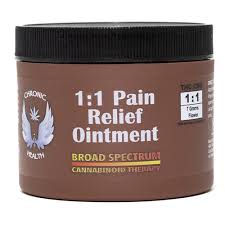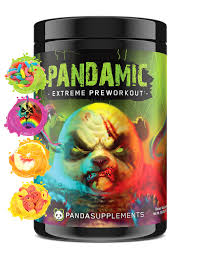Chronic pain, a constant and unwelcome companion for millions, can significantly impact daily life. While oral medications are often prescribed, topical ointments offer a localized approach, potentially providing relief without systemic side effects. This article delves into the world of chronic pain relief ointments, exploring their types, benefits, and considerations for safe and effective use.
Understanding Chronic Pain and Topical Relief
Chronic pain, lasting for three months or more, can arise from various conditions – arthritis, nerve damage, muscle tension, and more. Topical ointments offer a convenient way to deliver pain-relieving ingredients directly to the affected area.
Types of Chronic Pain Relief Ointments:
Several types of topical ointments address chronic pain, each with its own mechanism of action:
-
Over-the-Counter (OTC) Ointments: These readily available options typically contain ingredients like:
- Menthol: Provides a cooling sensation that numbs the area and reduces pain perception.
- Capsaicin: Derived from chili peppers, it initially creates a burning sensation but depletes pain-transmitting chemicals over time. Consult your doctor before using capsaicin if you have broken skin or allergies.
- Salicylates: Similar to aspirin, these reduce inflammation and pain.
-
Prescription Ointments: Offered by doctors, these may contain:
- Lidocaine: A local anesthetic numbing the application site for several hours.
- Diclofenac: A nonsteroidal anti-inflammatory drug (NSAID) that reduces inflammation and pain.
-
Natural Ointments: These often contain botanical ingredients like:
- Arnica: Believed to reduce inflammation and bruising. Limited scientific evidence exists for arnica’s effectiveness.
Benefits of Using Topical Pain Relief Ointments:
Chronic pain relief ointments offer several potential advantages:
- Localized Relief: They target the specific area of pain, minimizing side effects experienced with oral medications.
- Faster Acting: Some ointments, like menthol-based ones, may provide quicker pain relief than oral medications.
- Convenience: Easy to apply and carry, they can be used discreetly throughout the day.
- Fewer Side Effects: Compared to oral medications, topical ointments generally have fewer systemic side effects.
Choosing the Right Ointment for Your Needs:
With a diverse range of ointments available, choosing the right one depends on several factors:
- Type of Pain: Different ointments address different types of pain. Discuss your specific pain with your doctor to determine the most suitable option.
- Medical Conditions: Certain medical conditions may preclude the use of specific ointments. Always consult your doctor before starting any new topical medication.
- Skin Sensitivity: Some ointments may cause skin irritation. Patch test a small amount on your inner arm before applying it to the affected area.
Important Considerations for Safe Use:
To ensure safe and effective use of chronic pain relief ointments:
- Follow Dosage Instructions: Apply the recommended amount to the affected area according to the product label or your doctor’s advice.
- Avoid Open Wounds: Do not apply ointments to broken skin or irritated areas.
- Wash Hands: Wash your hands thoroughly before and after applying the ointment.
- Beware of Interactions: Inform your doctor about all medications you take, including supplements, to avoid potential interactions.
- Monitor for Side Effects: Discontinue use if you experience any side effects like burning, itching, or rash.
Conclusion:
Chronic pain relief ointments can be a valuable tool in managing chronic pain. While they offer localized relief and potentially fewer side effects, discussing your specific needs with a doctor is crucial to ensure safe and effective use. Remember, topical ointments may not be a standalone solution, and combining them with other pain management strategies like physical therapy or exercise might be necessary. With guidance and the right product, you can find some solace and manage your chronic pain more effectively.



